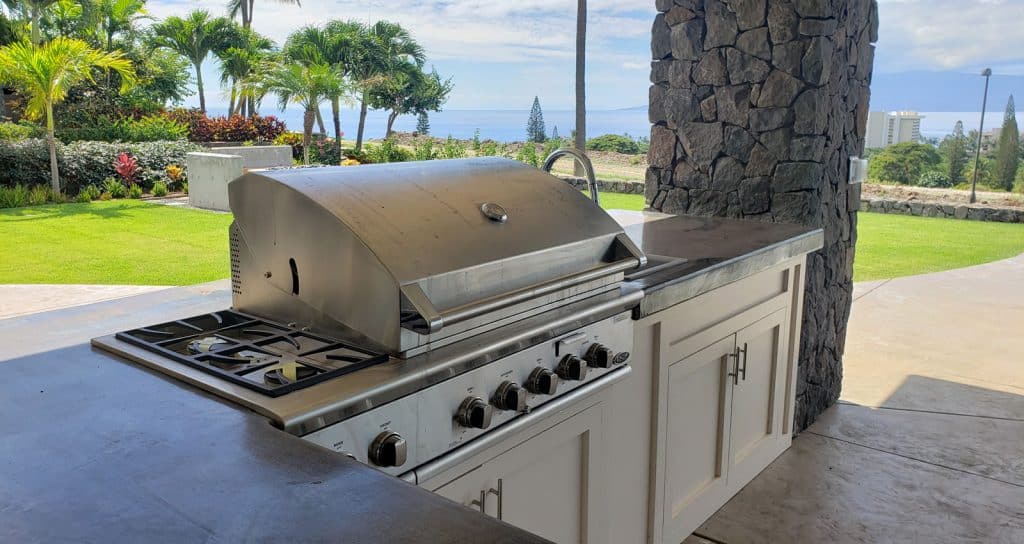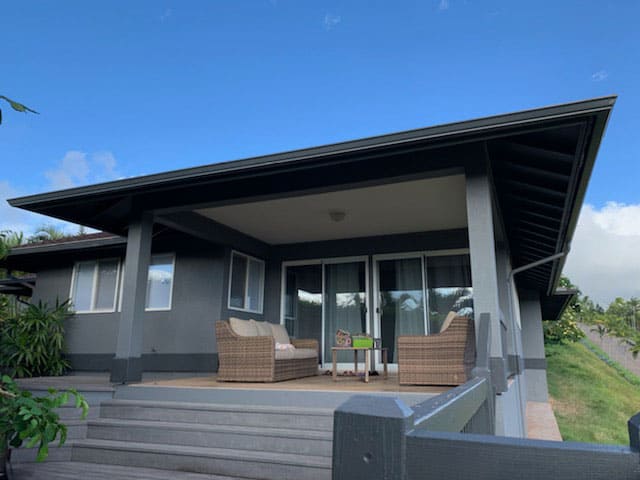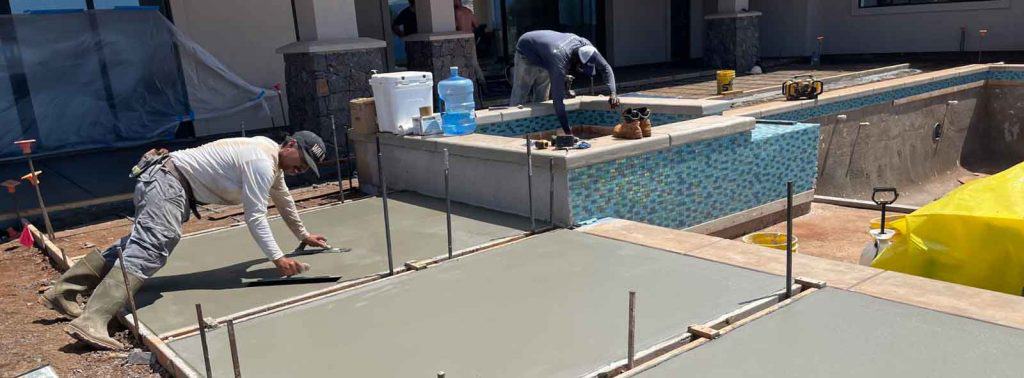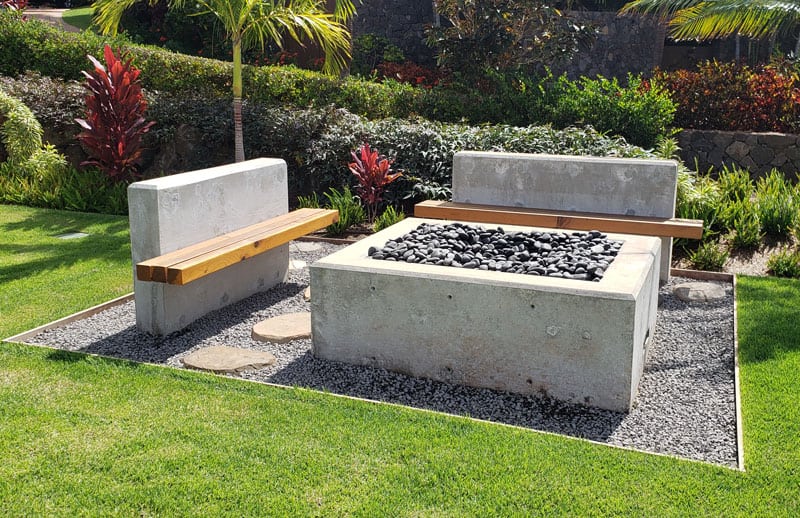At some point most homeowners think about remodeling. The tricky part is figuring out how to finance a home remodel. The good news is that there are many tools and strategies that can help consumers pay for a remodel that makes your home more livable and creates a sound return on your investment.

Paying Out of Pocket
First, let’s look at a few facts that put a remodel into perspective. According to Zillow, 77 percent of homeowners think their home could use updating. Zillow also says that the typical U.S. homeowner pays more than $3,000 every year for home improvements — on top of the approximately $9,000 they already pay in unavoidable costs and basic maintenance.
So how do people pay for all this work? Zillow says more than 57 percent of us use cash, while 27 percent use a credit card. If you have the cash to pay for a home remodel, it certainly can be the most expedient and economical option. However, some improvements require more money than many of us have on hand, or would require years of putting money aside.
But there are several other ways to finance a remodeling project, starting with tapping the equity you already have in your house. The following are some of the more popular mortgage products you can consider.

Refinancing a Home Remodel with Equity
“Cash-Out” Refinance
Many homeowners refinance their mortgage in order to take advantage of lower interest rates or to change the length of the mortgage. But you can also refinance to pull cash out for remodeling work. You’re essentially getting a new home loan for more than you currently owe on your house, and then using the difference between that new mortgage amount and the balance on your previous mortgage to spend on home improvements.
The personal finance website Nerd Wallet explains that “Because how much you can borrow with a cash-out refinance depends on your home equity, your lender will require an appraisal to assess your home’s current value. If home prices have risen in your area, your property may be worth more than the price you paid, increasing the amount you could borrow. Lenders will usually require you to maintain at least 20 percent equity in your home, though this can vary by lender and by the type of loan.
“Cash-out refinancing is best if the new mortgage has a lower interest rate than your current home loan and if you need a large loan for renovations to a home you plan to stay in long term.”

Home Equity Line of Credit (HELOC)
A HELOC is a revolving line of credit similar to a credit card: This Old House says “Lenders give you a ceiling to which you can borrow; then they charge interest on only the amount used. You can draw funds when you need them — a plus if your project spans many months. Some programs have a minimum withdrawal, while others have a checkbook or credit-card access with no minimum. There are no closing costs. Interest rates are adjustable, with most tied to the prime rate.
“Most programs require repayment after eight to 10 years. Banks, credit unions, brokerage houses, and finance companies all market these loans aggressively. Credit lines, fees, and interest rates vary widely, so shop carefully. Watch out for lenders that suck you in with a low initial rate, then jack it up.”
Home Equity Loan
“These mortgages offer the tax benefits of conventional mortgages without the closing costs. You get the entire loan upfront and pay it off over 15 to 30 years. And because the interest usually is fixed, monthly payments are easy to budget. The drawback: Rates tend to be slightly higher than those for conventional mortgages,” says This Old House.
Renovation Financing
Don’t despair if you have very little equity in your home. Better Homes & Gardens says something called “renovation financing” might be an option. Similar to a cash-out refinance, this type of loan is based on what the house will be worth when the remodel is done instead of being based on what the house is currently worth.

“For renovation financing, homeowners refinance their current loan but add on to it an amount needed for the home improvement. The lender then pays the contractor as the work is being done, so the bank is able to ensure the collateral is secure,” says Better Homes.
Hundreds of Different Loans
There are many other tools available, including energy-efficient mortgages, B and C loans, government loans, Fannie Mae HomeStyle Renovation Mortgages, and personal loans that instead of using your home as collateral use stocks, bonds, certificates of deposit, a savings account, or even a pension or retirement account.
Be aware that there are different types of lenders offering different kinds of loans for miriad situations. Costs and restrictions can also vary considerably. This Old House says that a mortgage broker can offer more than 200 different loan options, including some for consumers with less than perfect credit history.
Because of the countless choices in financing, it’s essential to start the process by talking with a reputable lender such as a bank, savings and loan association, or credit union.
Does Financing a Home Remodel Pencil Out?
Before you begin your financing journey, it’s important to determine whether the renovations you are planning make financial sense. You typically do not recoup all of your investment when the property sells, so only do a remodel if it involves imperative repairs, or you think the work will increase your happiness with the home and you intend to live there for at least a few years.
Also, experts say that kitchen and bathroom remodels return the most money, but even those projects usually do not recoup 100 percent of your investment. For a chart on how much different home remodeling projects return in the Pacific region, go to the digital edition of Remodeling.
Also, think about your property’s value relative to your neighborhood. If renovations price your home well out of the neighborhood, it may not be the right decision.
If you are ready to start a home remodeling project, contact Calvin or the team at Crescent Homes Maui with your questions. We have completed hundreds of remodeling projects and look forward to working with you.
